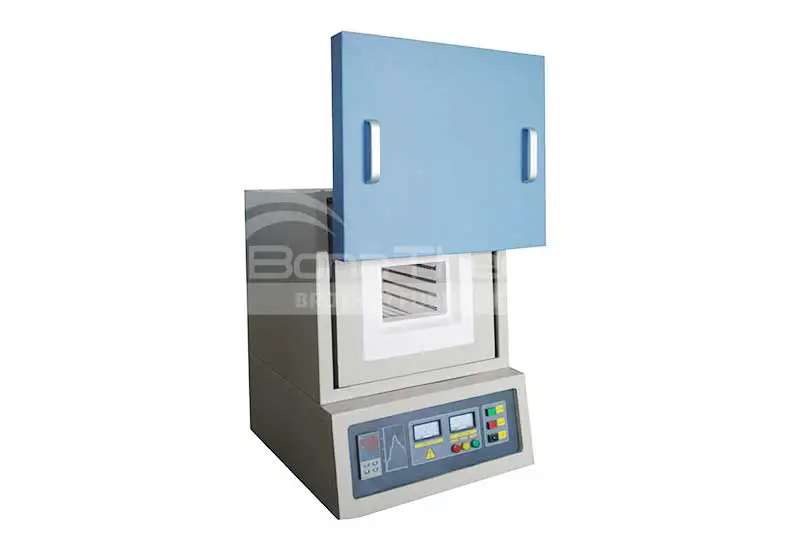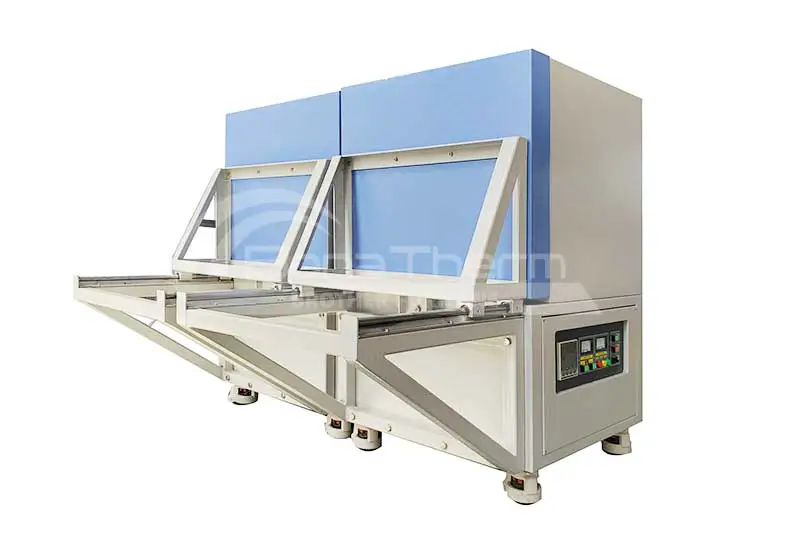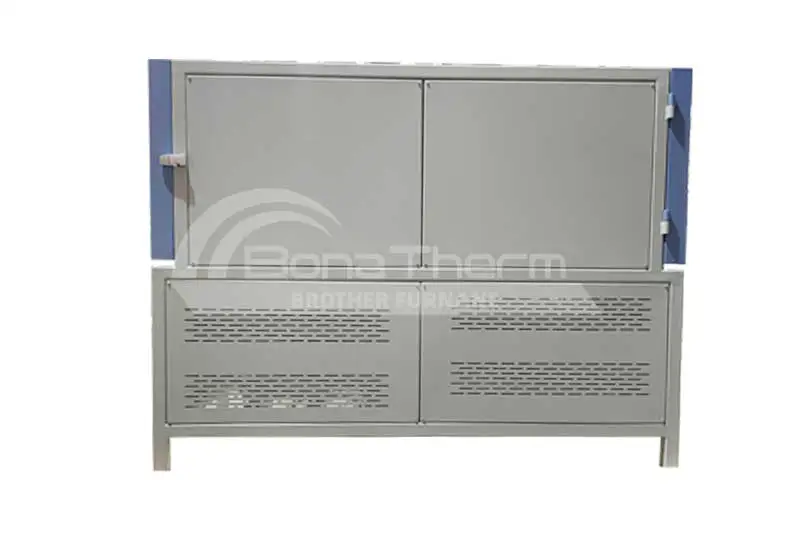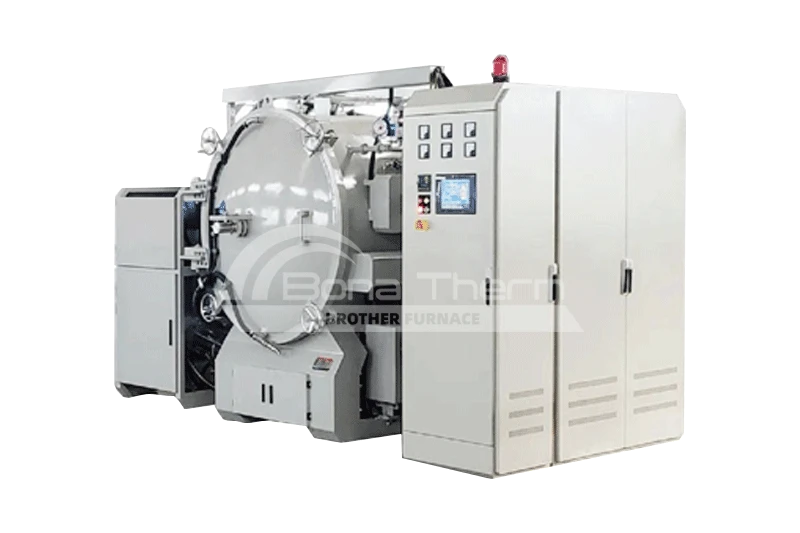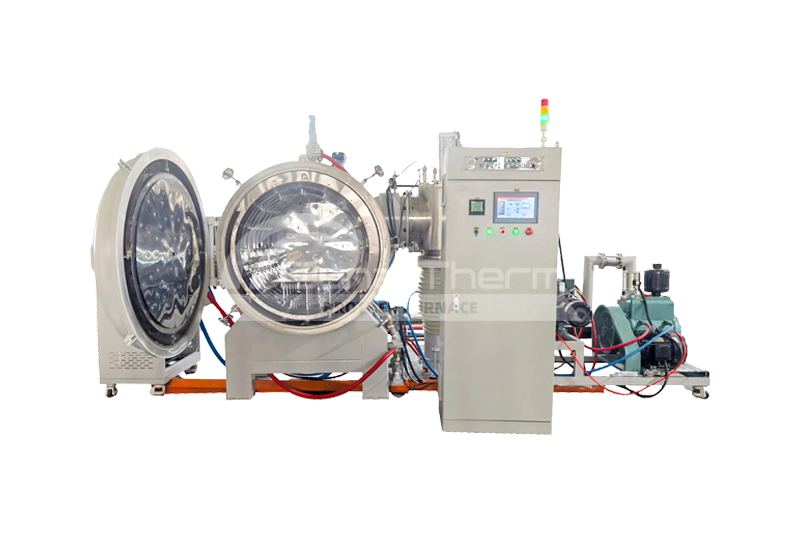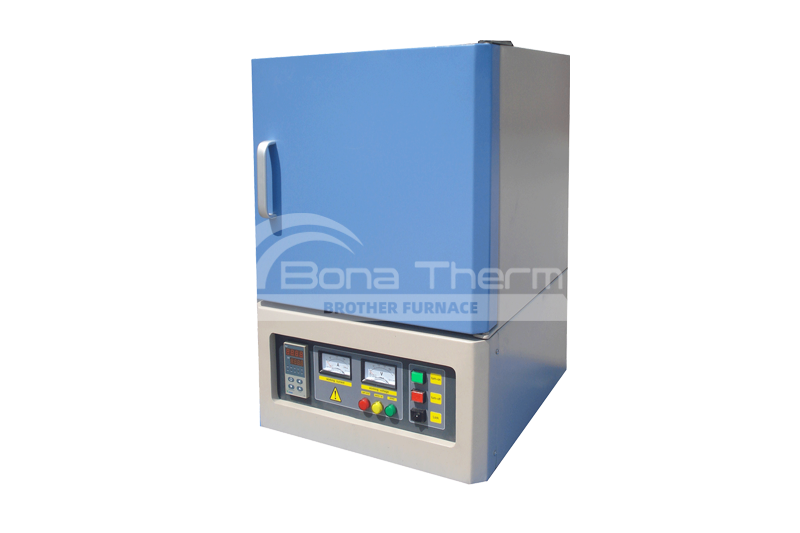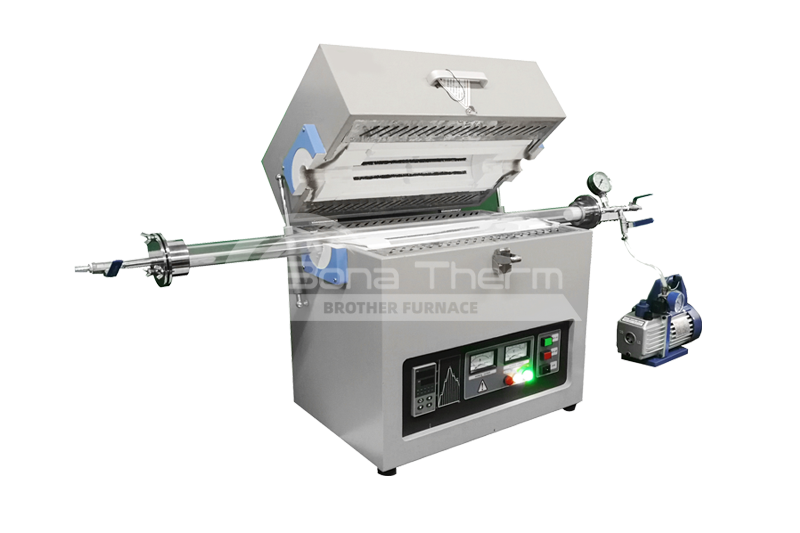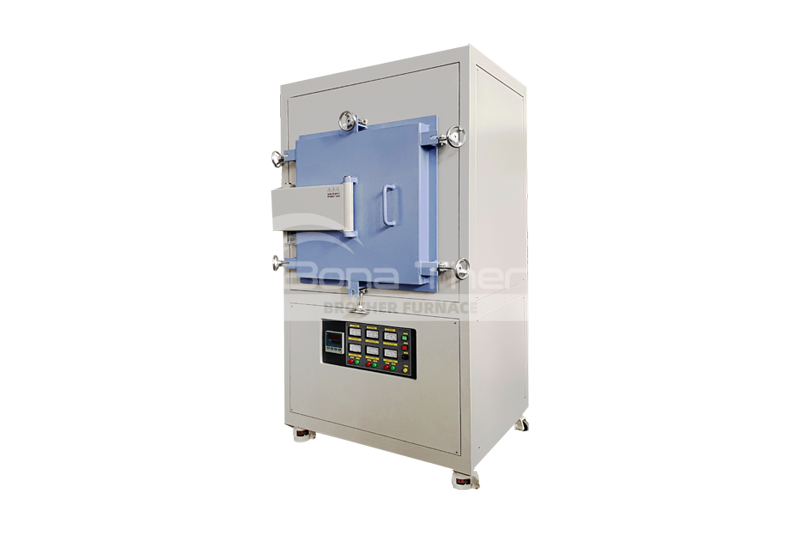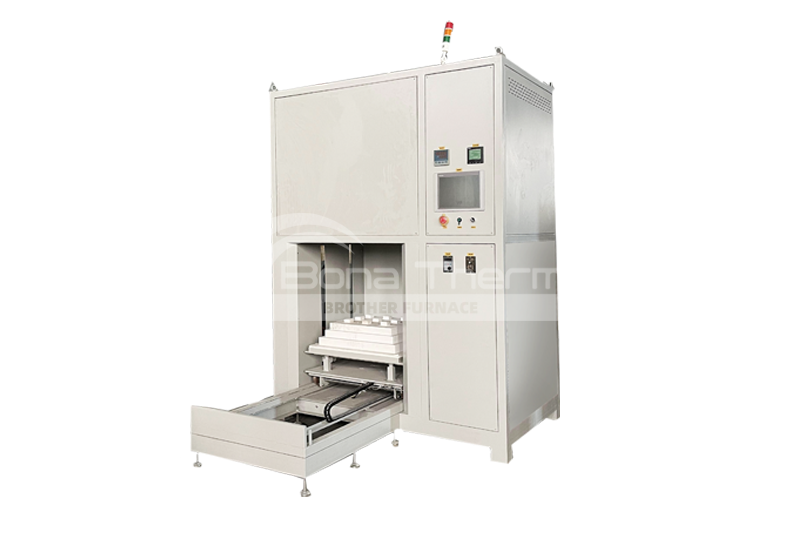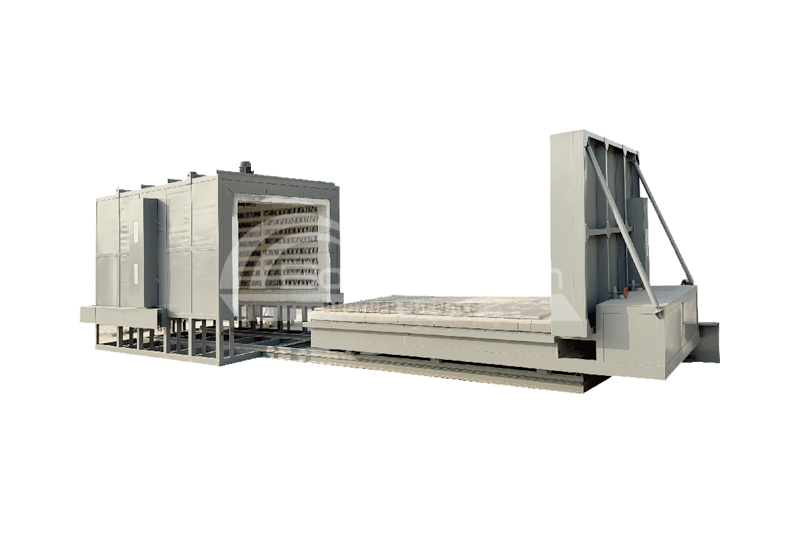Graphite's Role and Advantages in Vacuum Furnaces
 BROTHER FURNACE
BROTHER FURNACE
 2024-11-04 19:49
2024-11-04 19:49
In modern industry, vacuum furnaces are widely used for their efficient heat treatment capabilities in metal processing, ceramic sintering, and materials research. One of the critical components of a vacuum furnace is its chamber, and the choice of material for this chamber significantly impacts the furnace's performance. Graphite has emerged as an ideal chamber material due to its high-temperature resistance, chemical stability, and excellent thermal conductivity. This article will explore vacuum graphite furnaces, analyze the main advantages of using graphite, explore its application scenarios, and introduce Brother Furnace's professional solutions for graphite furnaces.
Advantages of Using Graphite as Chamber Material
Graphite is one of the most commonly used materials for vacuum furnace chambers, particularly under high-temperature and vacuum conditions, where its performance is exceptionally superior. Due to its high melting point, low vapor pressure, and relatively low oxidation reactivity, graphite maintains stability in the extreme conditions of a vacuum furnace, preventing contamination of the workpieces. The advantages of selecting graphite vacuum furnaces include:
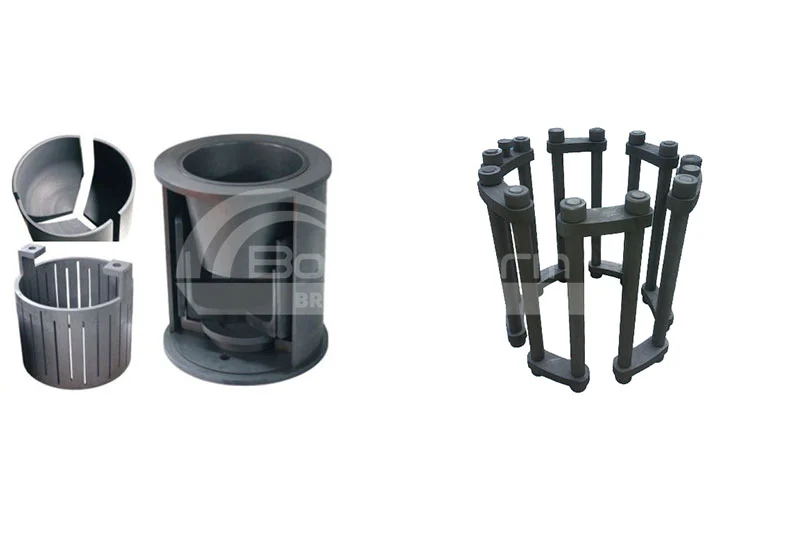
High-Temperature Resistance:
With a melting point reaching 3652°C, graphite far exceeds most metal materials in temperature tolerance, maintaining stability and preventing deformation at extreme heat. This makes it particularly suitable for high-temperature heat treatment processes in vacuum furnaces, effectively addressing the processing needs of various metals, ceramics, and composite materials.
Low Vapor Pressure Reduces Contamination:
Graphite exhibits low vapor pressure at high temperatures, allowing for a relatively clean environment under vacuum conditions, thereby preventing contamination of the workpieces. This feature is especially crucial in processes that demand high cleanliness, such as materials processing in the aerospace and electronics industries, where graphite chambers ensure product quality.
Excellent Thermal Conductivity:
Graphite's superior thermal conductivity enables rapid and uniform heat transfer, creating a consistent thermal field within the chamber that ensures even heating of workpieces. This characteristic enhances product consistency and process efficiency while effectively shortening processing cycles.
Durability and Cost-Effectiveness:
Graphite materials are structurally stable and resistant to cracking or damage at high temperatures, resulting in a long service life. Additionally, compared to some high-cost metal materials, graphite offers a better cost-performance ratio and is easier to process, reducing operational and maintenance costs.
Applications of Graphite Chambers
Graphite chambers find extensive applications across various industrial and research fields, covering diverse processing needs from metals to composite materials:
Metal Heat Treatment:
High-temperature heat treatment in vacuum conditions can prevent workpiece oxidation. Graphite chambers' high-temperature stability and uniform thermal field make them ideal for materials such as steel, titanium alloys, and hard alloys. Vacuum heat treatment processes' contamination-free characteristics suit industries with stringent surface quality requirements.
Sintering of Ceramics and Composites:
Composite materials, particularly carbon fiber composites, require high-temperature uniformity and high-temperature stability during sintering. Graphite chambers effectively support these processes, ensuring material density and strength, making them widely used in aerospace, aeronautics, and high-end manufacturing sectors.
Powder Metallurgy:
Powder metallurgy requires strict high-temperature stability in the chamber. Graphite chambers provide a uniform heating environment that supports the densification and sintering of metal powders, helping to manufacture high-performance powder metallurgy products, including precision parts, electronic components, and special materials.
High-Temperature Experiments and Research:
Graphite chambers' high-temperature and corrosion-resistant properties make them widely applicable in laboratories and research institutions for high-temperature experiments, material preparation, and performance testing, meeting the demands for high-temperature and high-purity environments.
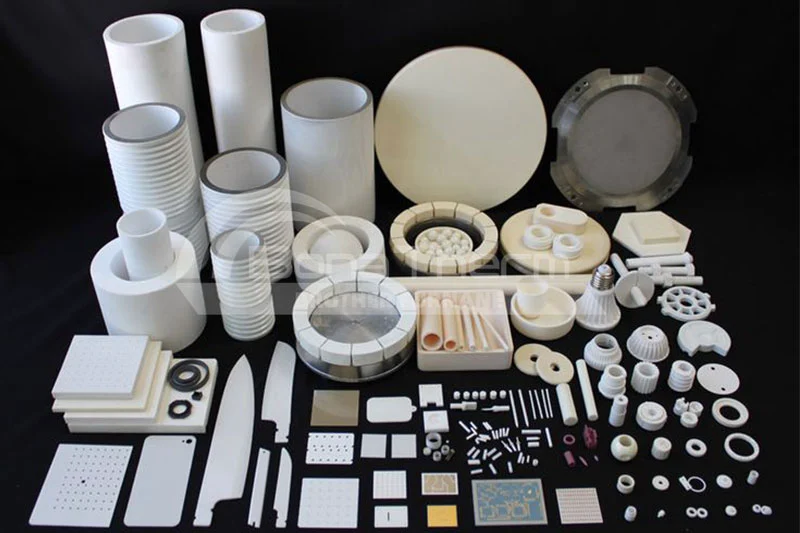 | 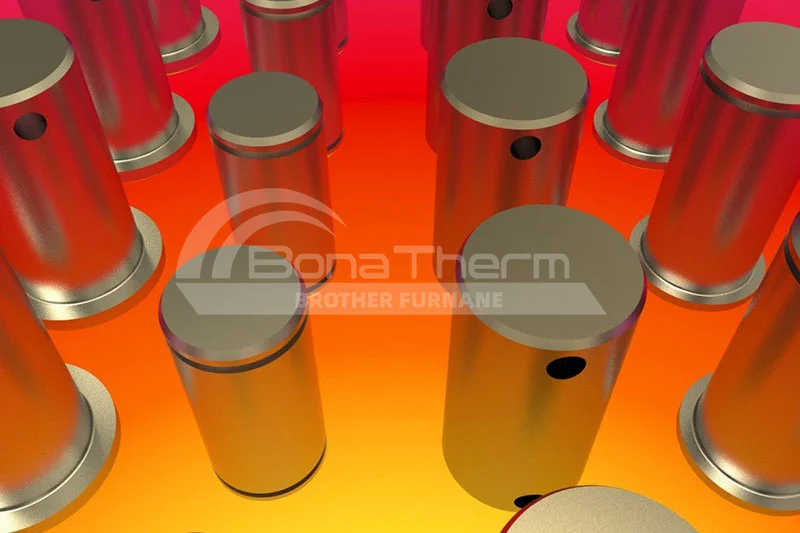 |
Brother Furnace's Graphite Chamber Solutions
As a renowned supplier of industrial furnace equipment, Brother Furnace boasts rich experience in the design and manufacturing of graphite chambers, offering a variety of high-quality graphite vacuum furnace solutions. Their products are characterized by durability, precision, and high-temperature stability, catering to diverse industrial and research needs. If your production process has specific material requirements for the chamber, consider Brother Furnace's solutions. For more information about Brother Furnace's graphite vacuum furnace and its applications in vacuum furnaces, please visit the Brother Furnace website or contact their professional team for personalized consultations.
Conclusion
Graphite chambers play an irreplaceable role in vacuum furnace applications due to their outstanding high-temperature resistance, thermal conductivity, and stability. Whether in metal heat treatment, ceramic sintering, composite processing, or scientific experimentation, the superior performance of graphite chambers ensures an efficient and stable processing environment. Brother Furnace provides high-quality solutions in the field of graphite chambers, gaining wide recognition across multiple industries. Choosing Brother Furnace's graphite chambers guarantees reliable support for your vacuum furnace production and research needs.

